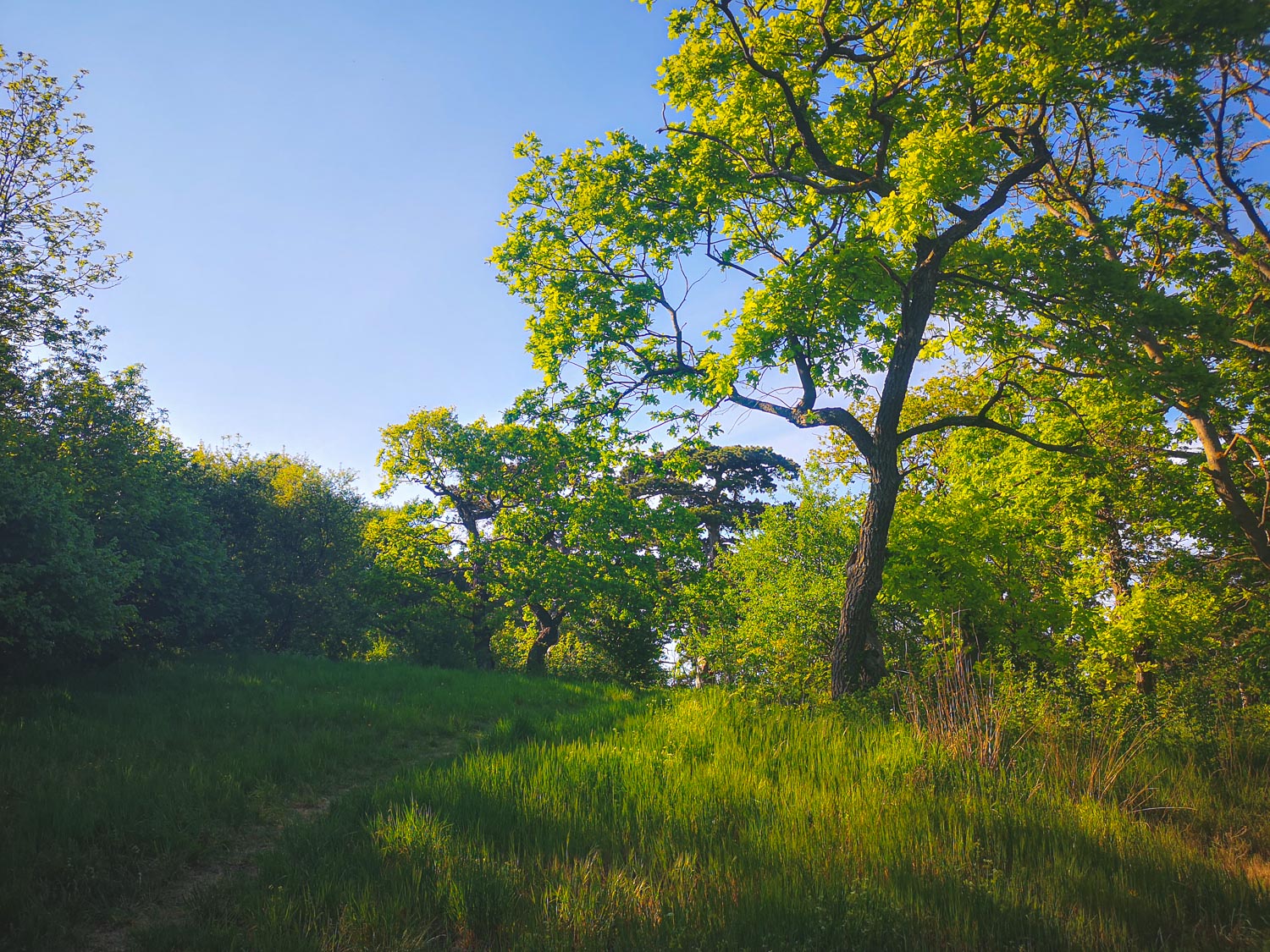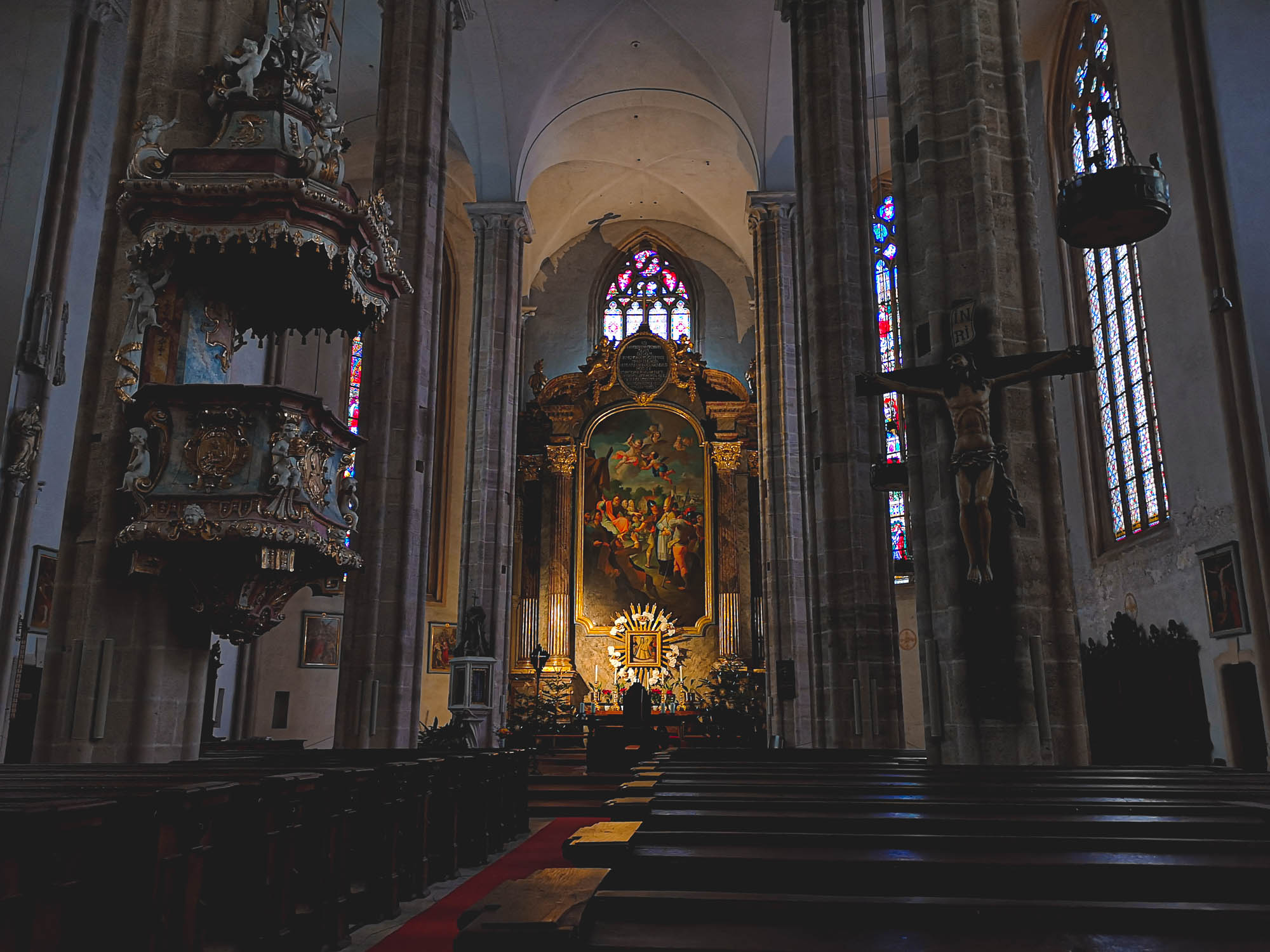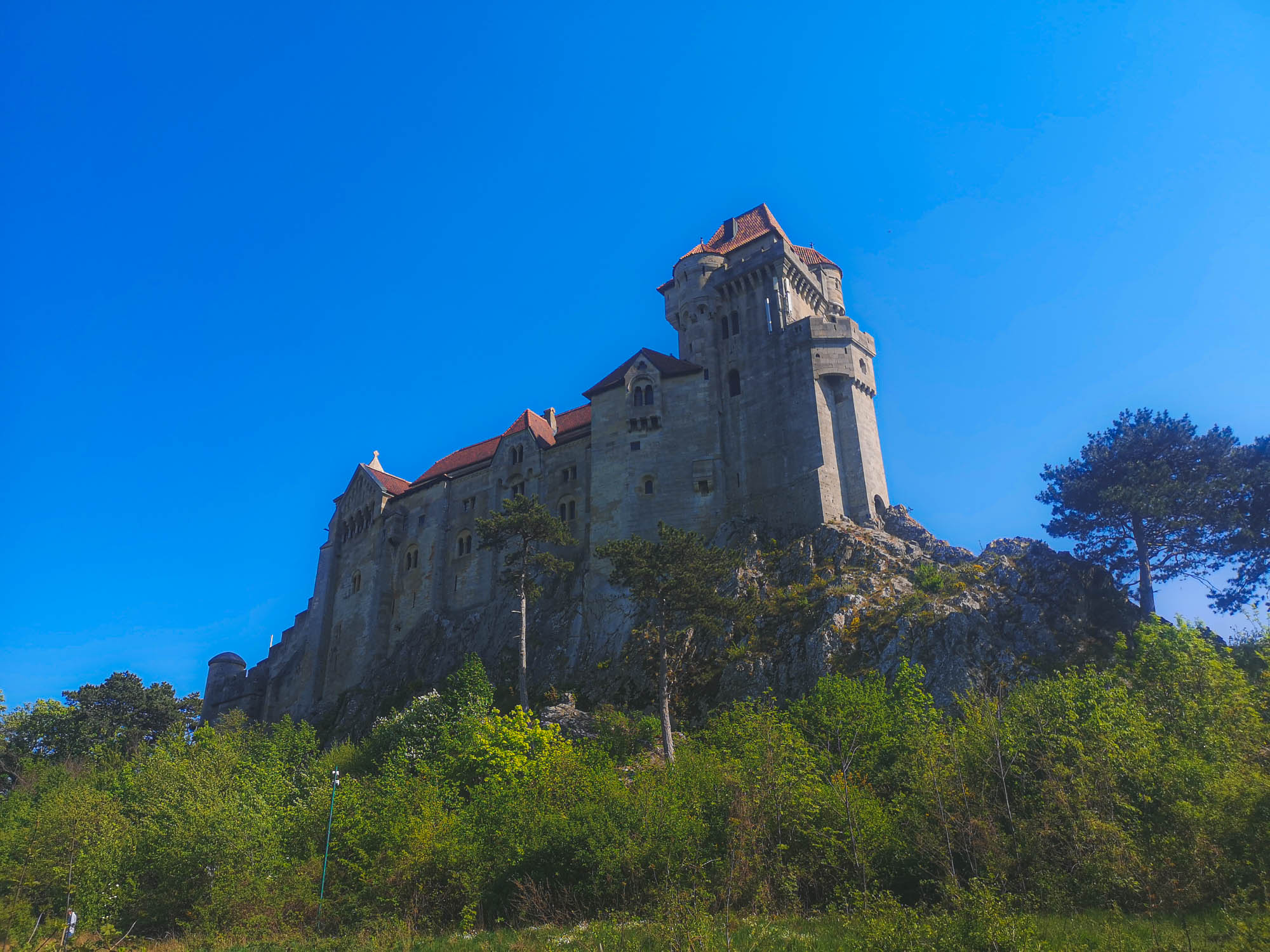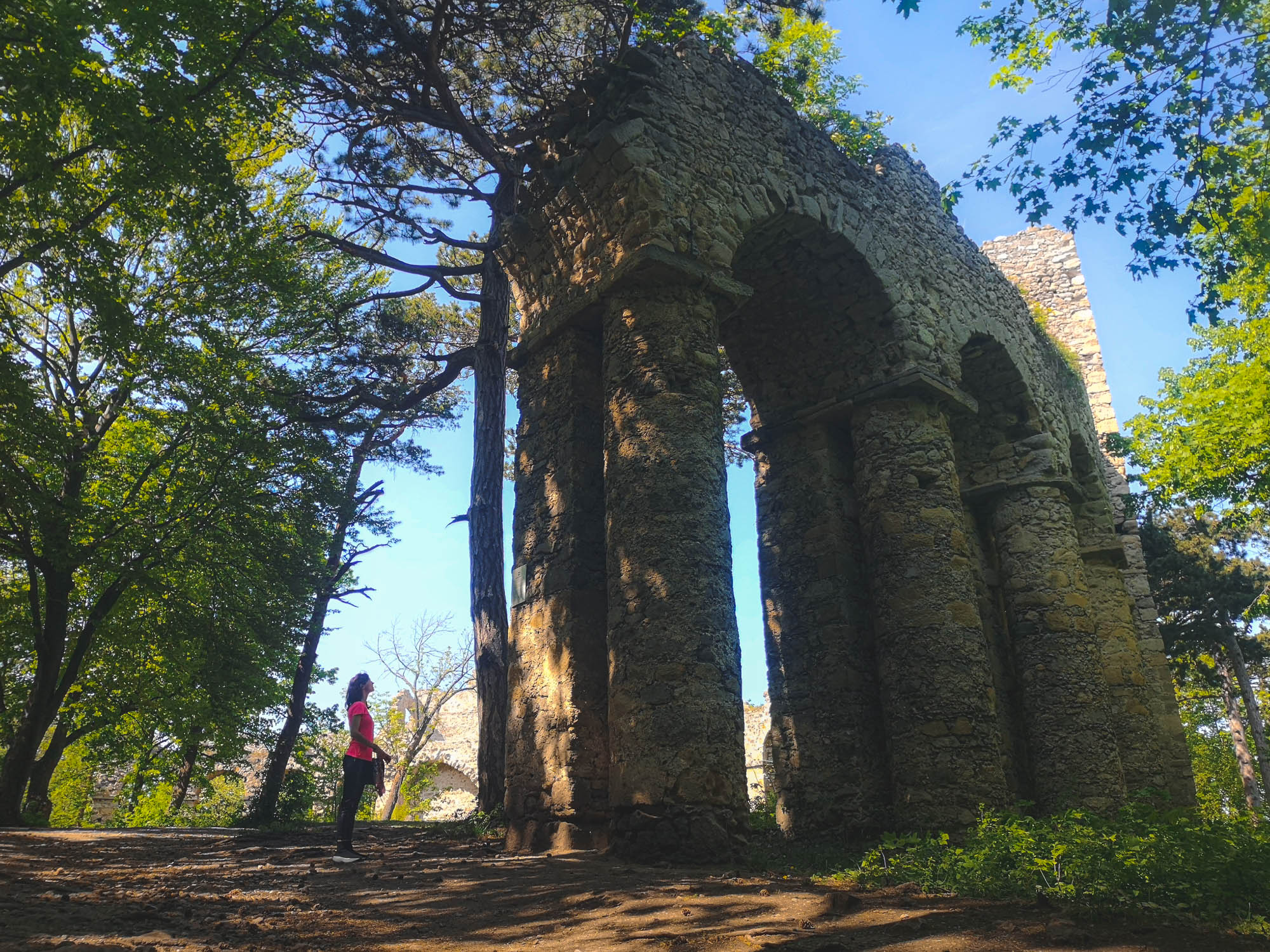January 28, 2023
Local's Guide to Mödling, a Hidden Gem near Vienna
Active life, Culture, Guide, Hiking, History
Top attractions:
Quick Navigation
About Mödling
Mödling, a small town located just south of Vienna, is a hidden gem that is often overlooked by tourists visiting Austria. This charming town boasts a rich history, picturesque natural surroundings, and a charming atmosphere that is sure to delight visitors.
Mödling is known for its beautiful historic town center, which is home to many well-preserved old buildings such as the St. Othmar Church, which dates back to the 13th century, and the Liechtenstein Castle, which is a medieval castle that has been owned by the Liechtenstein family since the 16th century. The castle is open to visitors and offers a glimpse into the history and lifestyle of the Liechtenstein family.
One of the most interesting facts about Mödling is that it was once home to the famous composer Ludwig van Beethoven (though, he changed his home quite often). The genius composer spent the last few years of his life in the town, and there is now a museum dedicated to his life and work that is definitely worth visiting.
Today, Mödling is a vibrant town that offers a great blend of history and modernity. It has a strong local economy, with a mix of manufacturing, services, and high-tech companies. It’s a popular destination for tourists and day-trippers visiting Vienna, offering a glimpse of the city’s past and a great place to explore the Vienna woods.

Old Town of Mödling. Photo by Alis Monte [CC BY-SA 4.0], via Connecting the Dots
Mödling History
Mödling’s history dates back to Roman times and it was mentioned in records as early as the 10th century. The town was originally a Roman military camp and was known as “Modolica”.
During the Middle Ages, Mödling was a small town and it was under the rule of various noble families. The town began to grow in the 12th century when the local noble, the Counts of Mödling, built a castle to protect the town and to serve as a residence for the local nobility. The castle, known as Burg Mödling, played a key role in the Austrian-Hungarian wars of the 15th century. It was severely damaged during battles and was rebuilt in the 16th century.
In the 19th century, Mödling experienced a period of rapid industrialization and urbanization. The population grew rapidly, and new buildings, including factories and housing, were constructed. The town also became a popular destination for Vienna’s upper class, who built summer homes and villas in the area. This trend is present today as well, as many Viennese want to live closer to nature while maintaining the Capital still within a grasp.

Nature surrounding Mödling is soul-rejuvenating. Photo by Alis Monte [CC BY-SA 4.0], via Connecting the Dots
Mödling Details
- Location: Thermenregion
- State: Lower Austria
- Coordinates: 48.0825° N, 16.2869° E
- Distance from Vienna: ±15km / ±9mi
- First mentioned: 903 CE
- Population: 20,555 (2018)
- Area: 10.04 km2 (3.88 sq mi)
- Elevation: 246m / 807ft
- Forecast: Mödling weather
- Accommodation: Booking.com
- Best time to visit: Wine Autumn (August-October)
Map of Thermenregion

Vista from Jordankanzel. Photo by Alis Monte [CC BY-SA 4.0], via Connecting the Dots
How to get to Mödling
Weissenkirchen is the main hub of the very heartland of the Wachau Valley. Connection to the town is as good as anywhere else in the region. The regional trains to Krems run from the northern trains stations of Vienna: Franz Josefs Bahnhof and Spiteleau. The latter could be easily reached with U4 and U6 metro lines.
By Train
The easiest way to get to Mödling from Vienna is by train. The journey takes around 20 minutes from Wien Hbf and just a bit more than 10 minutes from Wien Meidling on the REX train, which are running every half an hour during peak times.
By Bus
Bus services also run regularly between Vienna and Mödling, although the journey may take slightly longer.
By Car
If you prefer to drive, Mödling is just a 30-minute drive from Vienna via the A21 motorway.

Vienna woods are always full of pleasant surprises and encounters. Photo by A.L. [CC BY-SA 4.0], via Connecting the Dots
Things to do in Mödling
One of the best ways to experience Mödling’s natural beauty is by taking a hike on one of the many trails that wind through the surrounding hills. The Ruine Rauhenstein trail offers stunning views of the town and the surrounding countryside, while the Mönchsberg trail takes you through a dense forest and past a historic castle. For a more leisurely stroll, the town’s many parks and gardens are also worth a visit.
Other things to do in Mödling include visiting the aforementioned Beethoven Museum, checking out the local market on Saturdays, and sampling the town’s wine. Mödling isn’t particularly known for its wine but its vineyards are located on the hills around the town, towards Gumpoldskirchen – the heart of wine Thermenregion DAC. The local wine from this region is very popular in Vienna as well, and it is my favorite wine region in Austria.

Every year, thousands of people come to Thermenregion for Genussmeile. Photo by Alis Monte [CC BY-SA 4.0], via Connecting the Dots
Mödling Highlights
1. The Town Hall
A beautiful building dating back to the 18th century feels just right in the center of the Old Town, where most of the beautiful landmarks are just within a hand’s reach.

The new yet old town hall of Mödling. Photo by Alis Monte [CC BY-SA 4.0], via Connecting the Dots
2. St Othmar Church
As the name suggests, the church is dedicated to Saint Othmar, the patron saint of the town. It was built in the late Gothic style in the late 15th century and underwent several renovations and additions over the centuries, including a Baroque renovation in the 18th century. Be sure to take a moment to appreciate 15th-century stained glass windows and the 18th-century impressive high altar.

Interior of St Othmar Church. Photo by Alis Monte [CC BY-SA 4.0], via Connecting the Dots
3. Mödling Castle Ruins
The castle was built in the 12th century and was used as a residence for the local nobility and as a fortress to protect the area. It was a key location during the Austrian-Hungarian wars of the 15th century, but Mödling castle was severely damaged during battles. It was rebuilt in the 16th century and was used as a residence for the local nobility again, but it fell into disrepair in the 17th century and was eventually abandoned.

Black tower was used for the protection of the castles around Mödling. Photo by Alis Monte [CC BY-SA 4.0], via Connecting the Dots
4. Liechtenstein Castle
The castle is situated on a hilltop, closer to the town of Maria Enzersdorf than Mödling, and it offers panoramic views of the surrounding countryside. The castle was built in the 13th century and was originally used as a fortress. It has been owned by the Liechtenstein family since the 16th century, and the current building is the result of renovations and expansions carried out by the family over the centuries.

Liechtenstein Castle is a private castle but it is possible to visit it. Photo by Alis Monte [CC BY-SA 4.0], via Connecting the Dots
5. Artificial Roman Amphitheater Ruins
Despite the fact that the Romans have founded the town, the amphitheater found between Mödling and Liechtenstein castle is an artificial one. It is hard to understand now but building fake ruins was a hip thing to do during the Romanticism era. For example, there are numerous fake ruins in the famous gardens of Schönbrunn Castle.

Building fake Roman structures was a very hip thing to do during Romanticism in Austria. Photo by Alis Monte [CC BY-SA 4.0], via Connecting the Dots
Best Hikes around Mödling
Most of the hiking in Austria is done freestyle. The reason for it is simply that there are more marked routes on every corner of the country than one’s heart desires. From what I have walked in the Vienna Woods part around Mödling two hikes stand out. If you prefer a romantic hike between the vineyards of Thermeregion, I’ve written a separate article about the best wine hikes around Vienna.

Jordankanzel viewpoint offers probably the most beautiful vistas around Mödling. Photo by Alis Monte [CC BY-SA 4.0], via Connecting the Dots
Kalenderberg Round Hike
This is the first hike I have ever done in Mödling. It starts off at the picturesque gothic St Othmar Church and goes around Kalenderberg. The hike includes fake amphitheater ruins, Liechtenstein castle, endless picnic areas, and the surprisingly stunning Jordankanzel viewpoint over Mödling valley. After the pleasant walk, I was amazed by the scenery so close to Vienna. You could almost visit the area during your lunch break.
Hike details
- Distance: ±5 km / 3.1 mi
- Ascend: 121 m / 396 ft
- Type: Circular
- Starting location: St Othmar Church
- Duration: ~2h
- Difficulty: Easy

You can’t beat the view from the top of mount Anninger in this part of Austria. Photo by Alis Monte [CC BY-SA 4.0], via Connecting the Dots
Mödling – Anninger – Gumpoldskirchen
The perfect trail to get the most out of what this lovely part of Thermenregion has to offer. The hike combines the medieval Old Town of Mödling, the beautiful nature of Vienna Woods, panoramic views of Thermenregion from Anninger, and the best wine of the region in Gumpoldskirchen.
Hike details
- Distance: ±7.5 km / 4.66 mi
- Ascend: ±400 m / 1 312 ft
- Type: Linear
- Starting location: Mödling
- Finish location: Gumpoldskirchen
- Duration: 2 – 3h00
- Difficulty: Medium

Mödling is the closest nature getaway for hiking from Vienna. Photo by A.L. [CC BY-SA 4.0], via Connecting the Dots
Personal Experience
I had the pleasure of visiting Mödling a few years ago for the first and was struck by its charming atmosphere and picturesque setting. Most importantly, the immediate location is right next to Vienna. For that reason, I never stopped visiting the town every now and then. What I enjoy the most is hiking the surrounding Vienna Woods and exploring the Old Town of Mödling. The town’s relatively small size made it easy to navigate and the locals are incredibly friendly and welcoming.
Overall, it was a great experience, and I would highly recommend considering a trip to Mödling to anyone during their visit to Vienna and wanting some escape to the idyllic countryside of Lower Austria for a change. The combination of beautiful nature, interesting culture and history, and a charming atmosphere make it a perfect destination for a day trip from the Capital of Austria.

All content and photos by Alis Monte, unless stated differently. If you want to collaborate, contact me on info@ctdots.eu Photo by Alis Monte [CC BY-SA 4.0], via Connecting the Dots